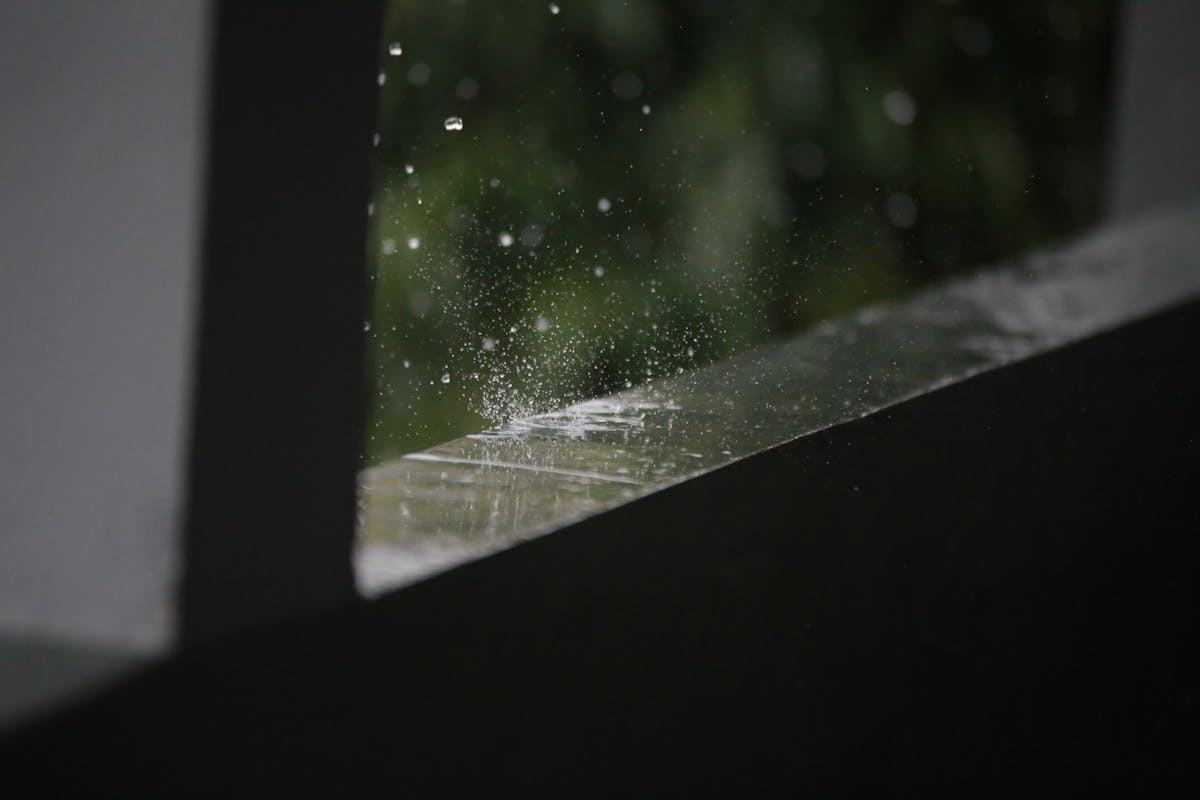
The Importance of Waterproofing: The Key to Comfort and Longevity of Your Home
Water is the source of life that enables us to survive, but when it comes to our homes, water can be enemy number one. Moisture that penetrates through walls, floors, or roofs can cause serious damage, mold growth, and threaten the structural integrity of the building. That is precisely why waterproofing is a key preventive measure against such issues. Without adequate waterproofing, a home can be susceptible to numerous problems that may compromise its safety, comfort, and value. In this blog, we will explore why waterproofing is vital for preserving your house and how to properly apply these techniques to ensure a dry, healthy, and safe living space.
What types of waterproofing exist?
Waterproofing membranes: These are key elements in protecting buildings from moisture and water. These membranes are typically made from special materials such as bitumen, polyurethane, PVC, or EPDM (ethylene propylene diene monomer), and are applied to surfaces that are prone to water penetration, such as foundations, basement floors, roofs, walls, or bathroom floors.
Waterproof coatings: These are liquid materials applied to surfaces to create a waterproof layer. These coatings are widely used to protect various construction elements from moisture and water penetration.
There are different types of waterproof coatings, including bituminous, polyurethane, silicone, and epoxy coatings. Each type has its own characteristics and advantages depending on specific needs and conditions of application.
Waterproofing tapes: These are flexible tapes used for sealing joints, cracks, and openings on surfaces prone to water penetration. They are usually made from rubber, bitumen, polymers, or other waterproof materials and may be self-adhesive or require additional bonding. Waterproofing tapes are especially effective for sealing joints between different materials such as concrete, metal, wood, or plastic.
Waterproofing panels: These are mainly made from various materials such as polyurethane, glass wool, or expanded polystyrene, and are used to create a waterproof layer on surfaces susceptible to water penetration. These panels are often used for insulating walls, floors, roofs, or foundations to protect against moisture and water.
Waterproofing foils: Plastic sheets used to cover walls and floors for moisture protection. These foils are typically made from polyethylene, polypropylene, PVC, or other similar materials that are waterproof and wear-resistant.
5 key steps before choosing the right type of waterproofing
Analyze the needs of the project: Consider which parts of the building are most exposed to water and moisture, as well as the specific waterproofing requirements for those areas. For example, basements require a different approach than roofs or walls.
Research different types of waterproofing: In this blog, you’ve learned about several types of waterproofing, but there are many more, each with its own pros and cons, so it’s important to explore which ones will best suit your needs.
Evaluate material characteristics: Consider durability, resistance to wear, UV stability, as well as the ability to expand and contract without damage. These characteristics can affect the long-term efficiency and lifespan of the waterproofing.
Consult experts: Seek advice from construction or waterproofing professionals to get recommendations and insights that will help you choose the best type of waterproofing for your project.
Consider your budget and desired lifespan: Think about how much money you’re willing to invest in waterproofing and how long you want it to last. Some types may have higher upfront costs but offer longer lifespans and require less maintenance, which can be more cost-effective in the long run.
Investing in quality waterproofing can save you money and trouble in the future by protecting your property from potential damage and extending its lifespan. It’s important to understand that waterproofing is an essential investment in the safety and sustainability of your building, and that the right choice can provide long-term peace of mind and protection.





